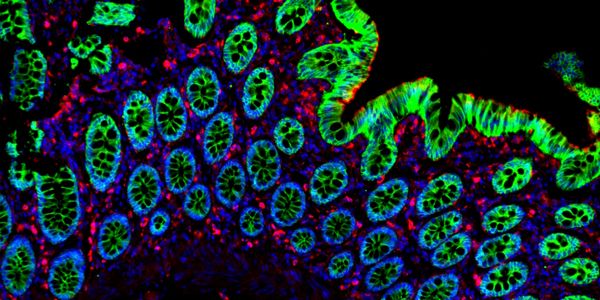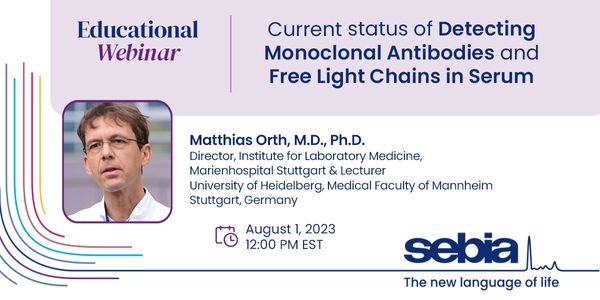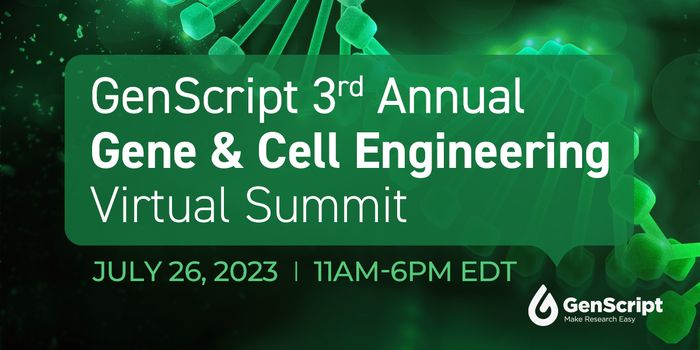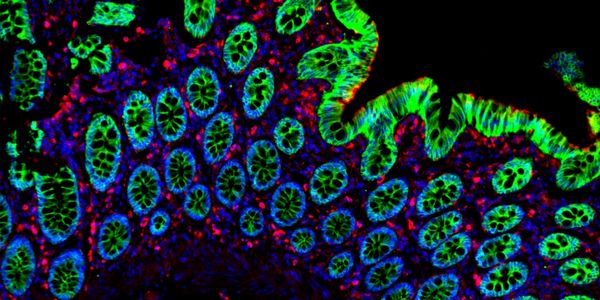Continuing Education Credits
By participating in our virtual events and webinars, you can earn Continuing Education credits. Each event offers different educational credits based on the content of the event and the eligibility of the presentation.
Show More
-
AUG 29, 2023 | 7:00 AMC.E. CREDITSSpatialomics leverages multiplex imaging to achieve translational profiling of tissue specimens by assessing the relative spatial orientations of biological structures with RNA and protein e...
-
AUG 24, 2023 | 8:30 PMC.E. CREDITSWhen building your own infectious disease molecular panels there are many paths to consider. In this interview, we ask Marcus Cognetti and Dr. Ari Frenkel what approach is required to create...
-
AUG 17, 2023 | 8:00 AMC.E. CREDITSGlobally millions of individuals get sick, hundreds of thousands are hospitalized, and tens of thousands die from respiratory viruses such as Influenza and Respiratory Syncytial Virus (RSV)...
-
AUG 10, 2023 | 8:00 AMC.E. CREDITSAntibody therapeutics is a fast-growing market boosted by developments in bispecific antibodies and in newly emerging tetra-specific antibodies. With the ability to recruit a combination of...
-
AUG 01, 2023 | 10:00 PMC.E. CREDITSStem cells have the capability to develop into any specialized cell type, which makes them a valuable resource in research and regenerative medicine. Differentiated stem cell models provide...
-
AUG 01, 2023 | 10:00 AMC.E. CREDITSHuman cytomegalovirus (CMV) infection is common and usually results in a mild, non-specific illness in otherwise healthy individuals followed by asymptomatic latency. However, congenital CMV...
-
AUG 01, 2023 | 9:00 AMC.E. CREDITSTesting for abnormal immunoglobulins was based previously on serum electrophoresis and immunofixation only. In the last years, however, free light chain (FLC) testing in serum became one imp...
-
JUL 26, 2023 | 8:00 AM PDTC.E. CREDITSGenScript is delighted to announce its 3rd Annual Virtual Summit on Gene and Cell Engineering. This gathering will feature leaders in the life sciences from academia, pharma, and biotech, le...
-
Inefficient knock-in of transgene cargos limits the potential of cell-based medicines. In this study, we used a CRISPR nuclease that targets a site within an exon of an essential gene and de...
Employing a metagenomic search, we identified a family of miniature CRISPR-Cas type V-L systems capable of RNA-guided dsDNA target cleavage without a tracrRNA. A bacterial depletion screen r...
Cell-based immunotherapy has become the new-generation cancer medicine, and “off-the-shelf” cell products that can be manufactured at large scale and distributed readily to treat...
Phosphorylation of α-synuclein at the Serine-129 site (α-syn Ser129P) is an established pathologic hallmark of synucleinopathies and a therapeutic target. In physiologic states,...













































